8 Mistakes to Avoid When Planning the Lighting for Your Home — "At All Costs," Experts Warn
We shed light on what not to do. Oh yeah, we went there

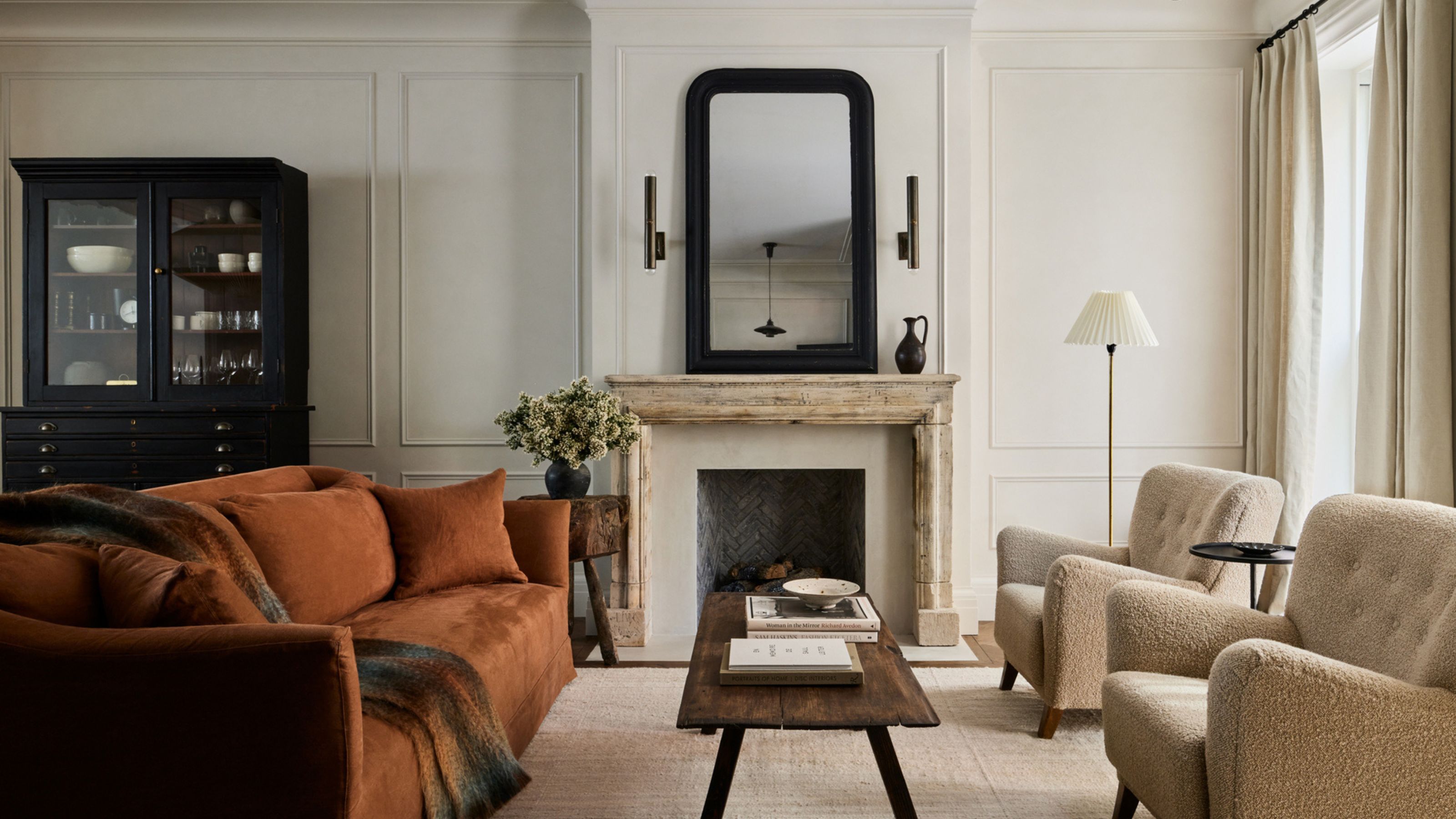
There are some common mistakes homeowners seem to make time and time again when planning their lighting scheme.
Although learning how to plan a house's lighting scheme can seem a little overwhelming initially, once you break down the process into simple steps, it really isn't so hard. Much of the success of a lighting scheme lies in really thorough planning — everything from how you use the room to its size need to be taken into account.
We asked some design experts for the lighting mistakes they most often see homeowners making, some of which can be expensive to put right later down the line. What this means, is that you can sail into your project with all the knowledge you need to ensure your house is perfectly lit throughout.
1. Failing to use layers of light
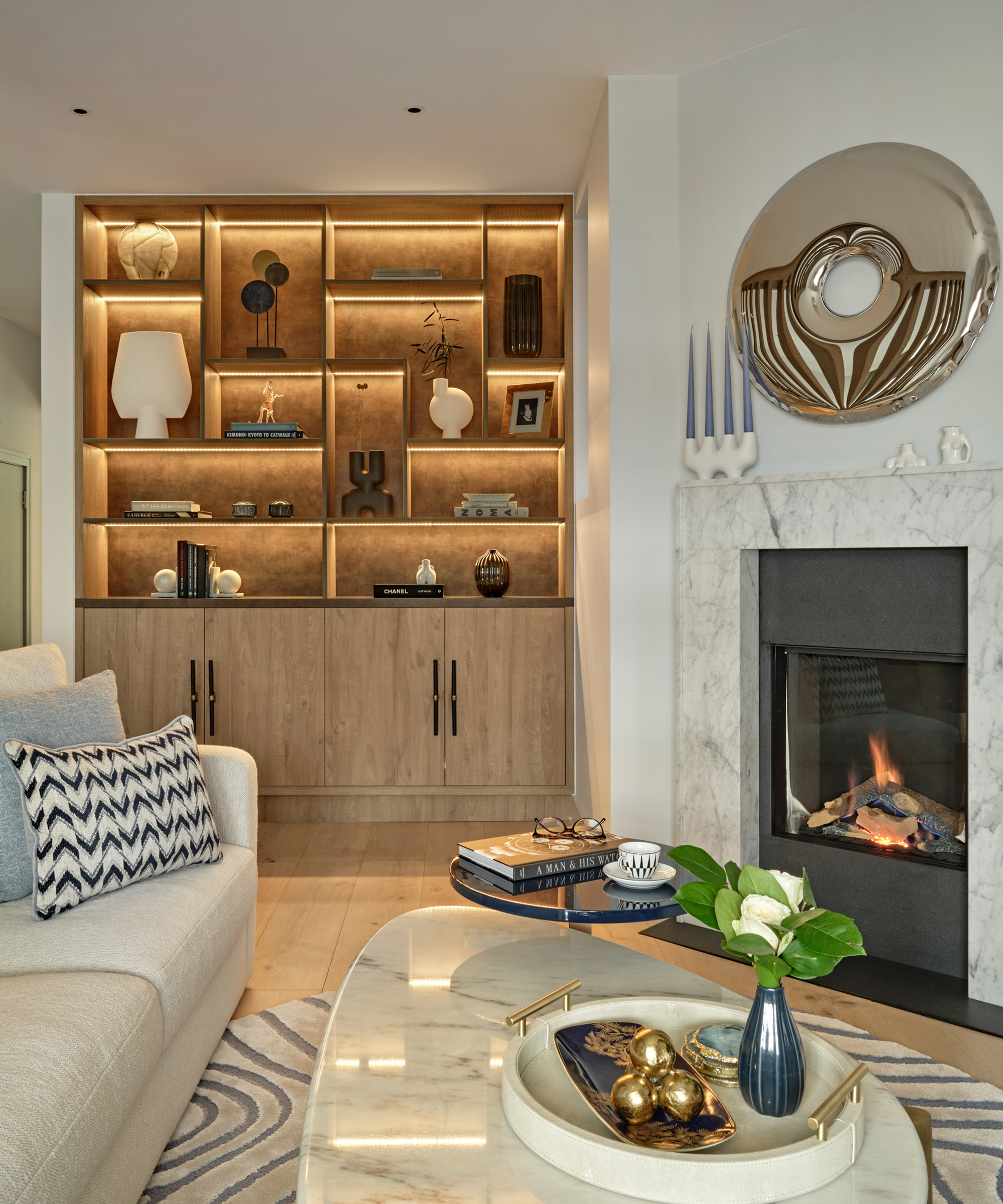
If there is one thing that all the experts we spoke to agreed on it was that it is a huge mistake to rely on a single overhead source of light in any one room, whether you are looking into how to plan living room lighting or are focused on the kitchen or bedroom.
"A single ceiling light won’t cut it or provide enough lighting, or the right atmosphere," states Katerina Tchevytchalova, director and interior designer at K'Arte Design. "Instead, layer your lighting with these three simple points in mind: general, focused and decorative sources."
Interior designer Victoria Holly of Victoria Holly Interiors agrees. "We see people often relying on one type of lighting, for example, recessed lighting," she says. "This can make a space feel either too harsh or too dark, depending on the time of day. So we always recommend a mix of ambient, task and accent lighting for each room.
"For example, in a living room, we may feature a central chandelier or flush mount light with table lamps, wall sconces, and even built-in LED strip lighting for added depth," Victoria continues. "Layering allows you to adjust the light for different needs and moods, making the space far more functional and inviting."
The Livingetc newsletters are your inside source for what’s shaping interiors now - and what’s next. Discover trend forecasts, smart style ideas, and curated shopping inspiration that brings design to life. Subscribe today and stay ahead of the curve.
Relying solely on one lighting fixture can also lead to an uneven spread of light, warns Marlena Kaminska, designer at ValueLights, "leaving you with shadowy corners and creating negative energy," she adds. "Layered lighting is the perfect solution."
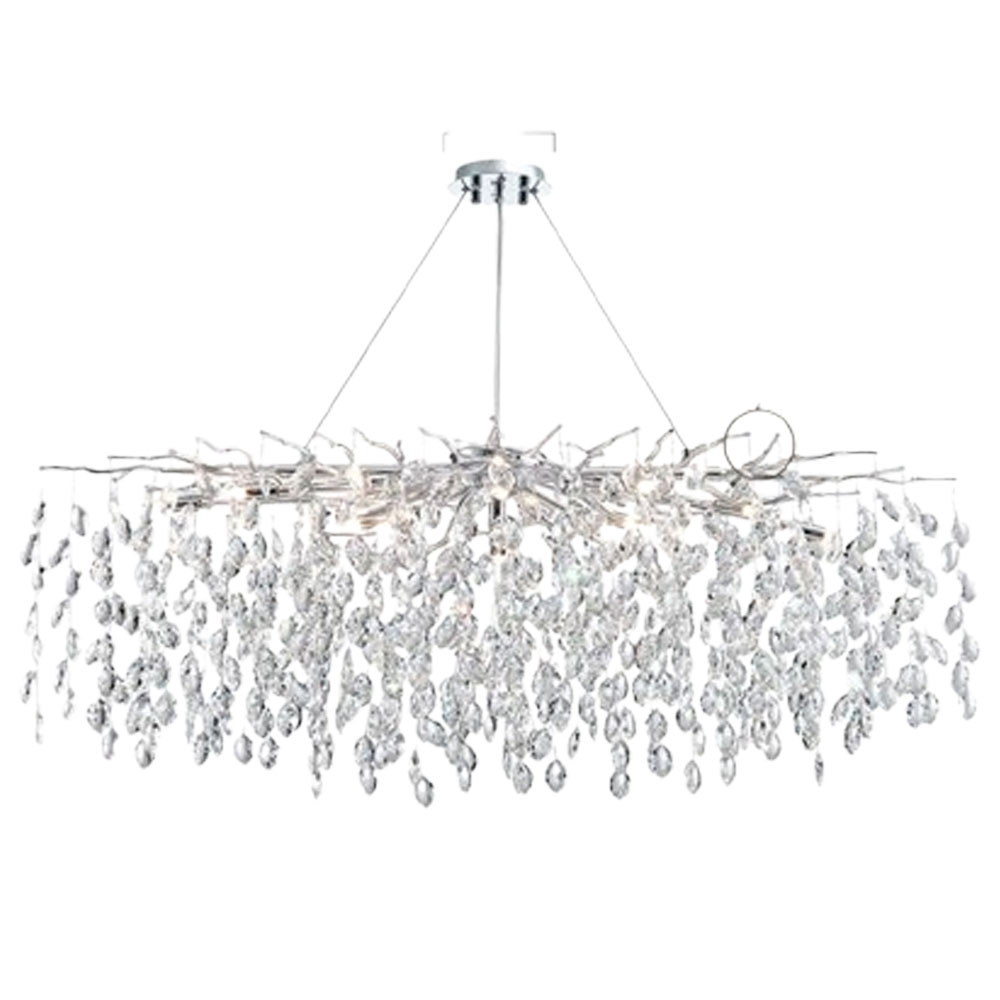
Price: $679.99 was $799.00
If you are keen for your background lighting to also be a great a focal point in the room, then this chandelier is just the thing. This one is made up of 100% K9 crystals which hang off handmade 'branches' and would add some real 'wow factor' to any room in the house.
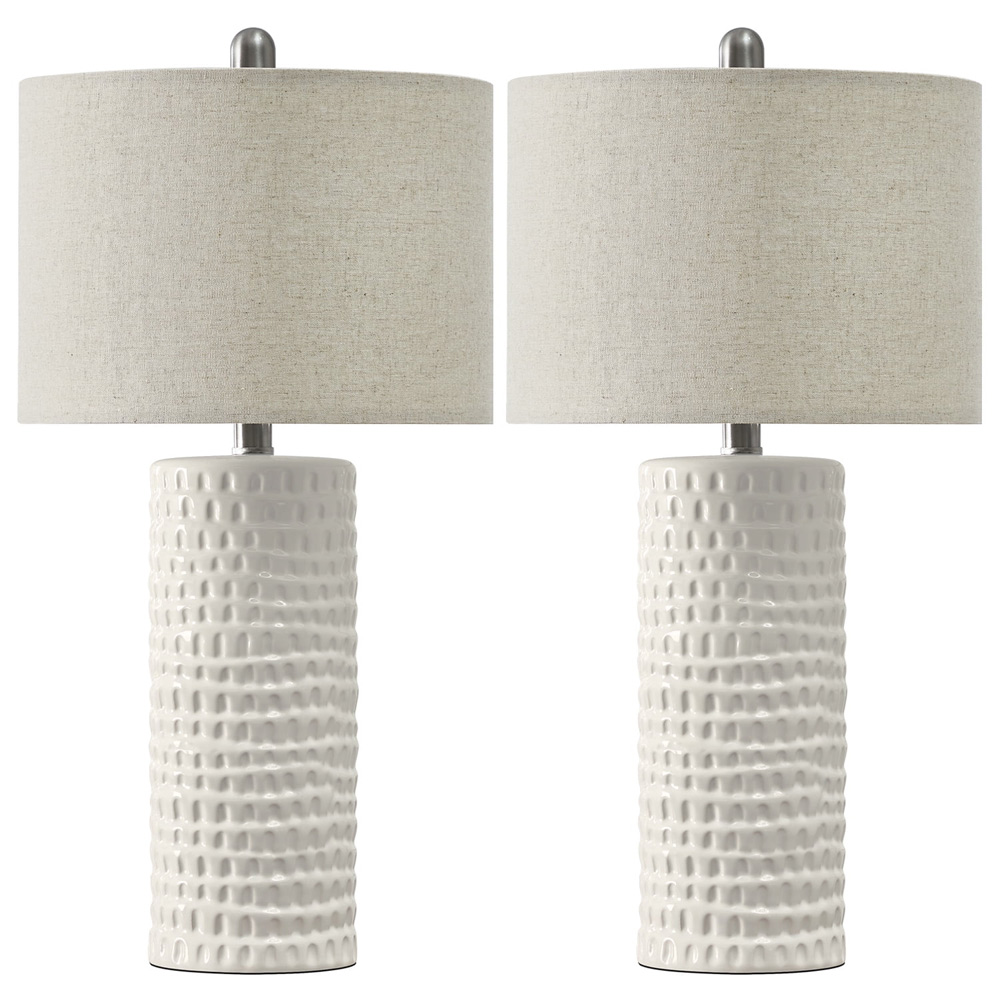
Price: $52.99/set of 2, Was: $89.99
Table and floor lamps are an integral part of any layered lighting scheme, not only adding warmth but also providing handy task-focused lighting for reading and so on. This pair of lamps features textured ceramic bases and soft, linen shades for a glare-free glow.
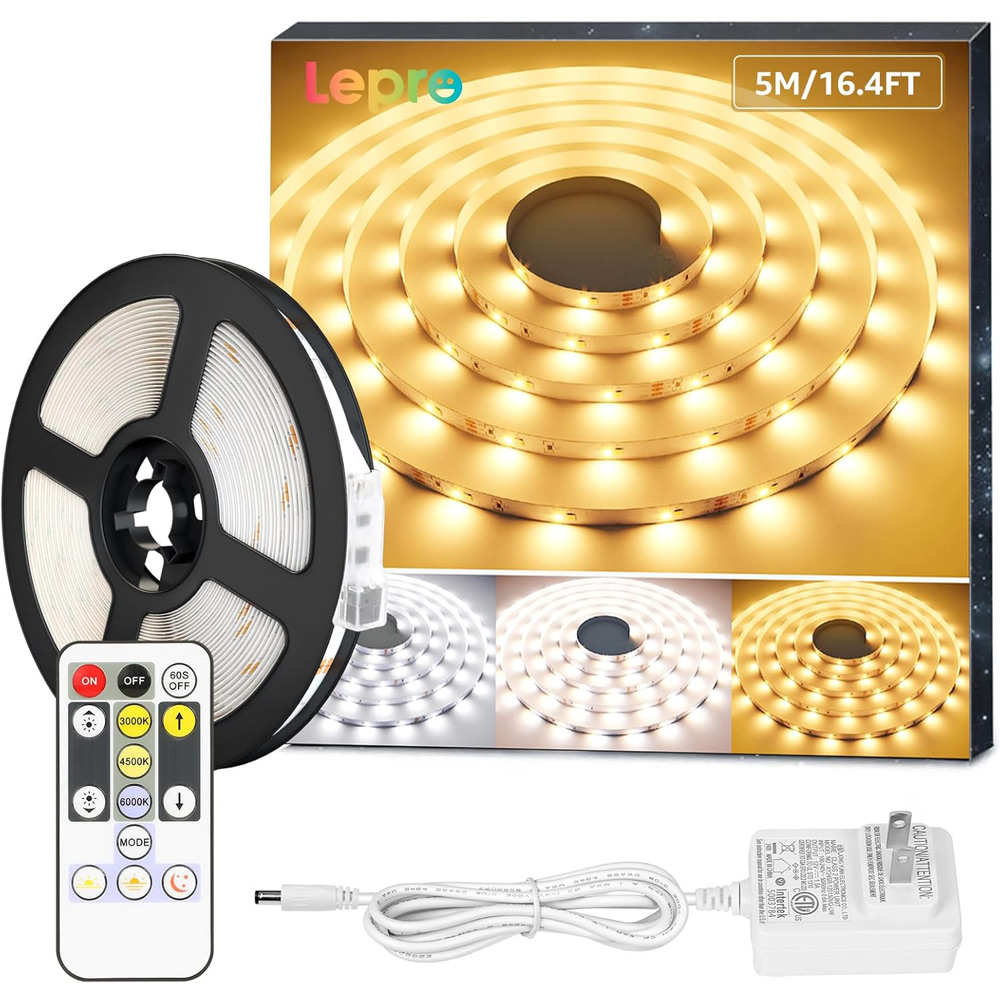
Price: $19.99
LED self-adhesive strip lights are one of the best ways of providing ambient lighting. They can be cut and concealed under shelving, within alcoves and beneath units for added interest and to add more visual depth to a space.
2. Getting the color temperature all wrong
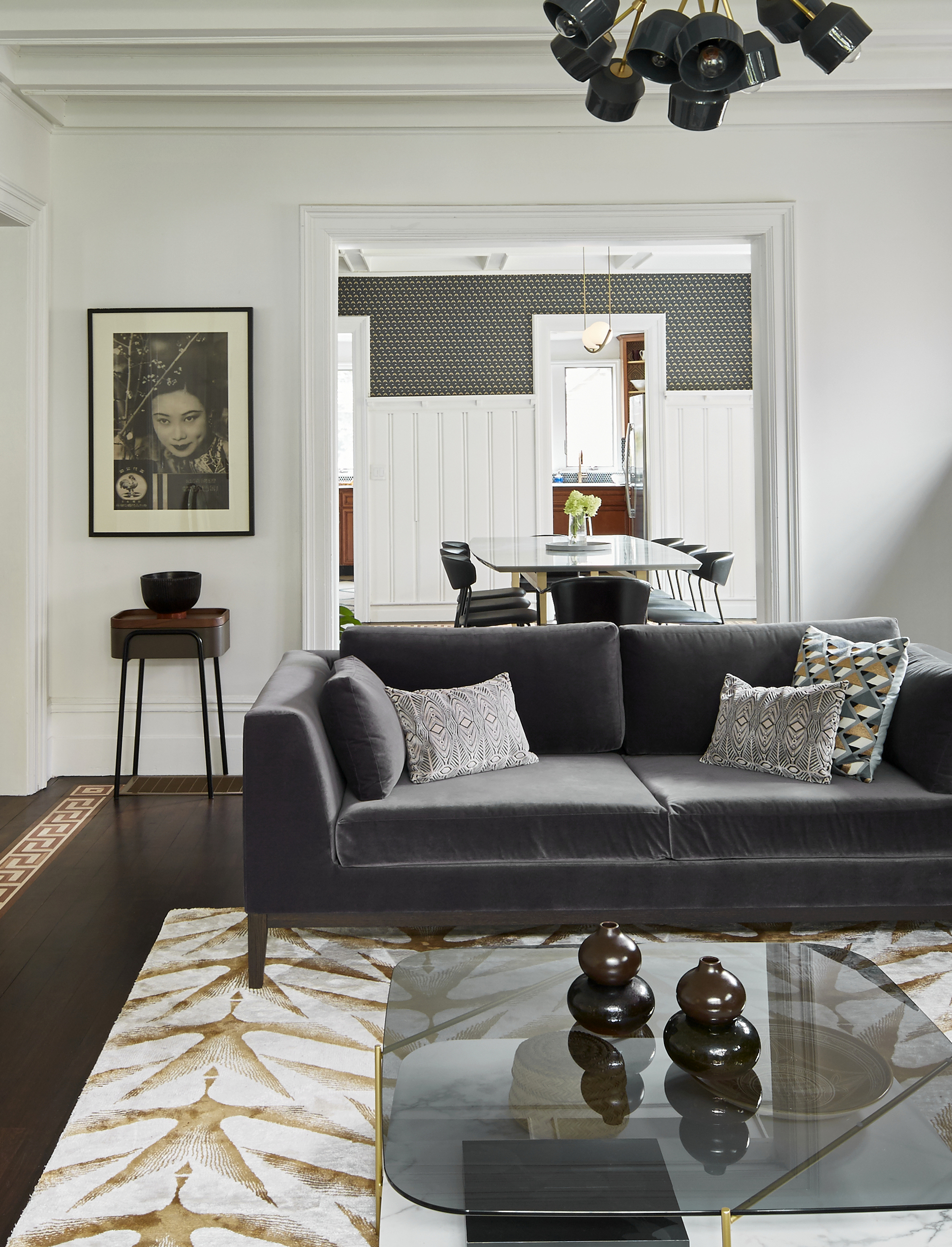
Never underestimate the effect color temperature can have on the way a space looks and feels. Get this one thing wrong and you risk your entire scheme being ruined, not just in the case of living room lighting ideas, but throughout the house.
"Cold, morgue-like lighting is becoming more and more common," laments Paul De Andrade, president and principal designer at Studio Kestrel. "This is because the options at hardware stores have become more complex and esoteric. For example, a 'daylight' lightbulb sounds like a beautiful option, but in actuality is reminiscent of hospital or airport lighting."
His solution is to stick with 'warm white' [like these bulbs from Amazon] or, at most, 'bright white' bulbs for functional work spaces. "If the bulbs don't have those names listed on them, you can always look at the side of the box for the Kelvin rating (which tells you how warm the light color is) and make sure to stick with a bulb between 2,700K to 3,500K at the maximum," he adds.
But it's not just about selecting warm globes. There is another common lighting mistake homeowners often make in terms of color temperature, Marlena Kaminska reveals. "Using bulbs with varying colour temperatures together in one room risks creating an inconsistent ambience, which will significantly disrupt the balance in your space and can feel confusing," she explains.
Luckily, when it comes to lighting mistakes, replacing bulbs is generally a relatively easy (and affordable) thing to fix.
3. Relying too heavily on recessed ceiling lights

While it might seem like a good idea to provide your general illumination through a smattering of recessed ceiling lights, this can actually produce some pretty disastrous results, particularly if their placement isn't planned in a way that benefits the room — in fact, in could be one of those lighting mistakes causing you stress.
"Bad recessed lighting has become ubiquitous in residential design and is especially heinous in developer-grade homes," says Paul De Andrade. "Often, they have a low CRI (which stands for color rendering index and is the rating of the light quality of the bulb), which can make your home look sallow and sepia toned. They can also have an irregular ceiling layout that leaves dark spots in the room, or conversely be placed too densely, creating a blindingly bright room."
If your home already has any of these problems, Paul recommends trying to replace them with higher quality recessed lighting, and to make sure they're dimmable. "Then you'll also want to have alternative ambient lighting like table lamps, pendants, or floor lamps throughout the room to create a softer and more romantic ambience in the evening," he adds.
Victoria Holly agrees that it pays to be careful with the use of recessed ceiling lights. "Recessed lights that are spaced too far apart or directed straight down can create unflattering shadows," she says. "Instead, position lighting thoughtfully to highlight architectural features or key areas of the room."
If you're in the initial stages of a renovation, or working out your home's lighting, it pays to do a little research into how to layout recessed lighting properly.
4. Using the wrong types of lights for certain rooms
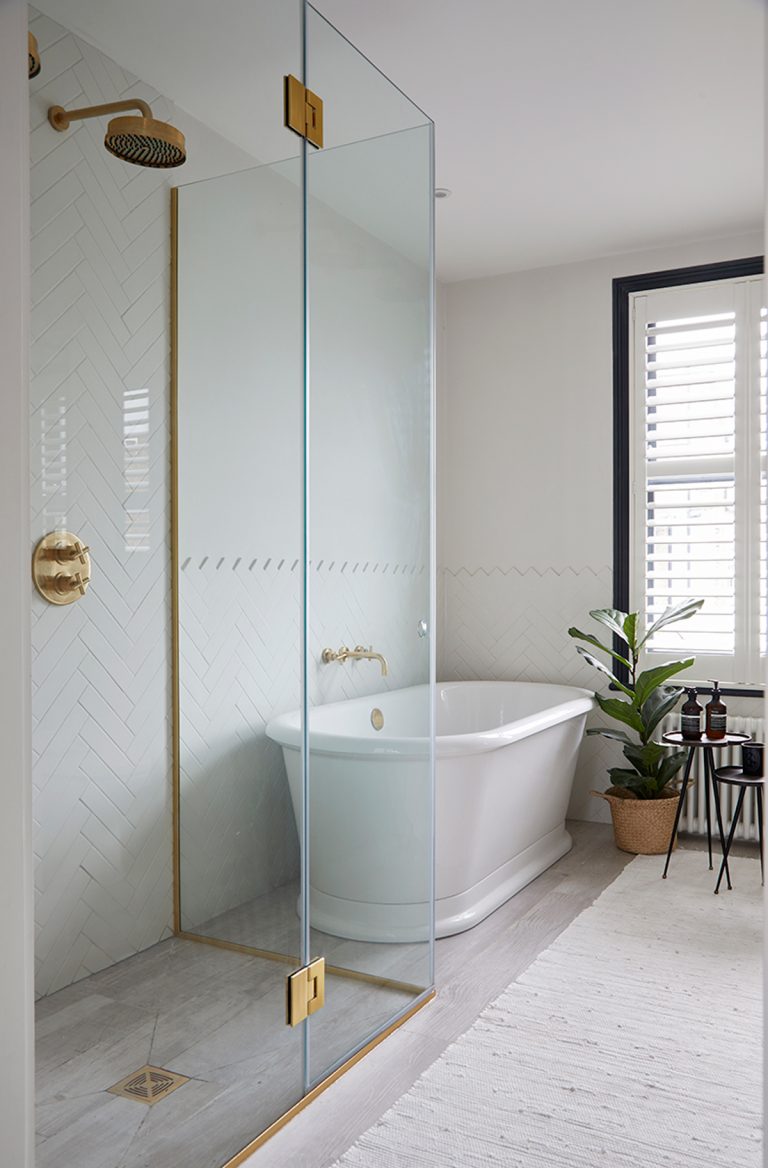
What works well in one room could be all wrong for another. At the planning stage, take the time to think through what each and every room will be used for, and then plan your lighting based on that.
"Don’t just opt for the most aesthetically pleasing lighting," says Marlena Kaminska. "It might look great, but if it doesn’t serve its purpose — to light the room well — then it’s not doing the job."
For instance, while a spotlight might work well in a bathroom or as one of your kitchen lighting ideas where you need to be able to see to perform certain tasks, it may not work as well in the living room where you want to create ambience and relax.
"I wouldn’t recommend wall sconces in bathrooms either," continues Marlena. "Although they may look great, bathrooms can become steamy with condensation and they will be hard to clean. Always go for practicality and then aesthetics, rather than the other way round."
5. Buying lights that look out of proportion
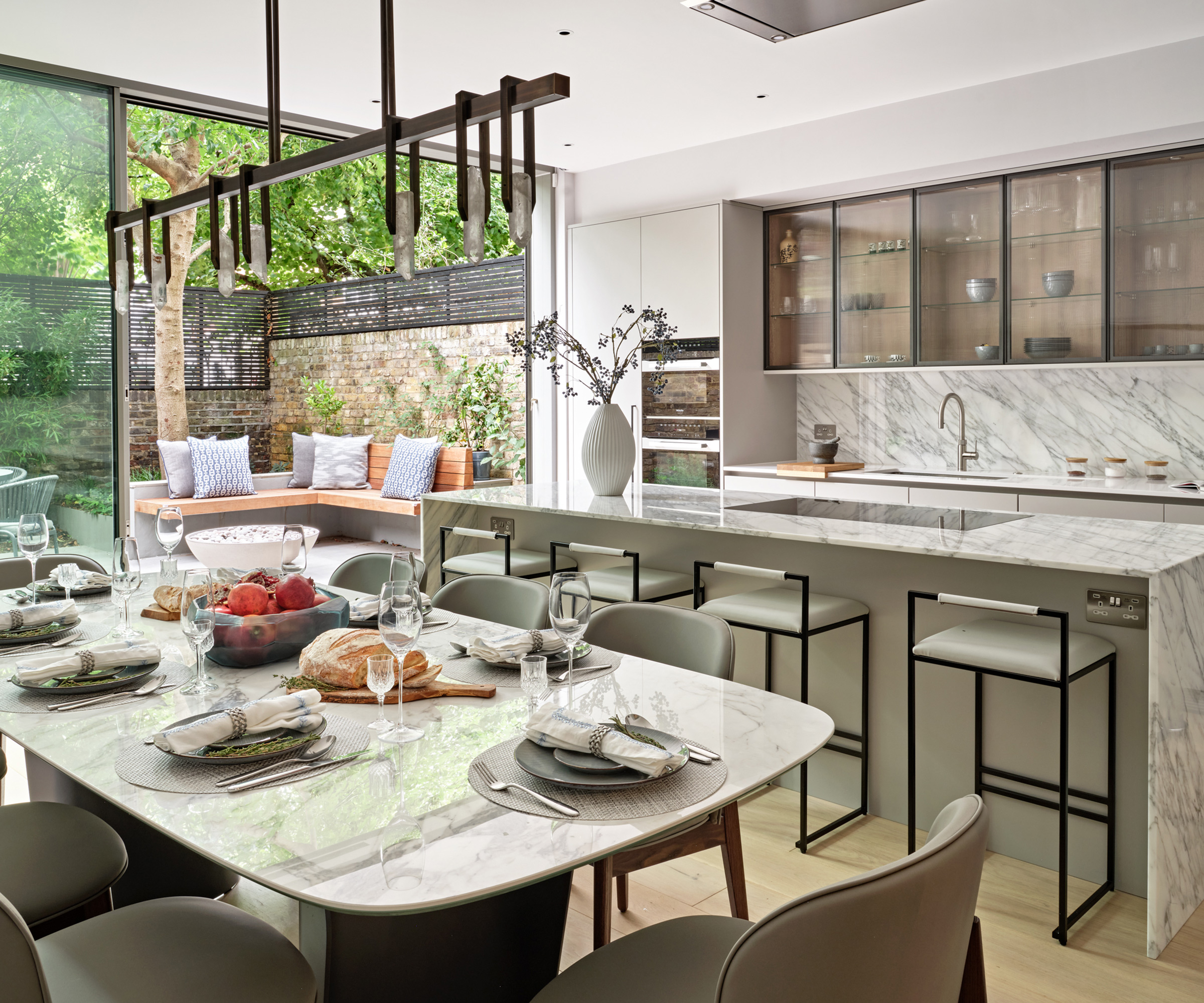
Proportion is so important in all aspects of house design, from the windows you choose to the pieces of furniture you select to grace you rooms. Lighting is no different regardless of whether it is entryway lighting ideas you seek, or ways of illuminating a dining area.
"Proportion is key — I often see people putting a tiny chandelier in the middle of a huge room but you need to consider the size of the room when choosing a light fixture to ensure it suitably fits," explains Katerina Tchevytchalova.
Aim to include a mixture of sizes and, if you have a big space or a very high ceiling to play with, make the most of it with an oversized statement pendant. In smaller spaces, you can still create some impact by using several smaller pendants with a striking design.
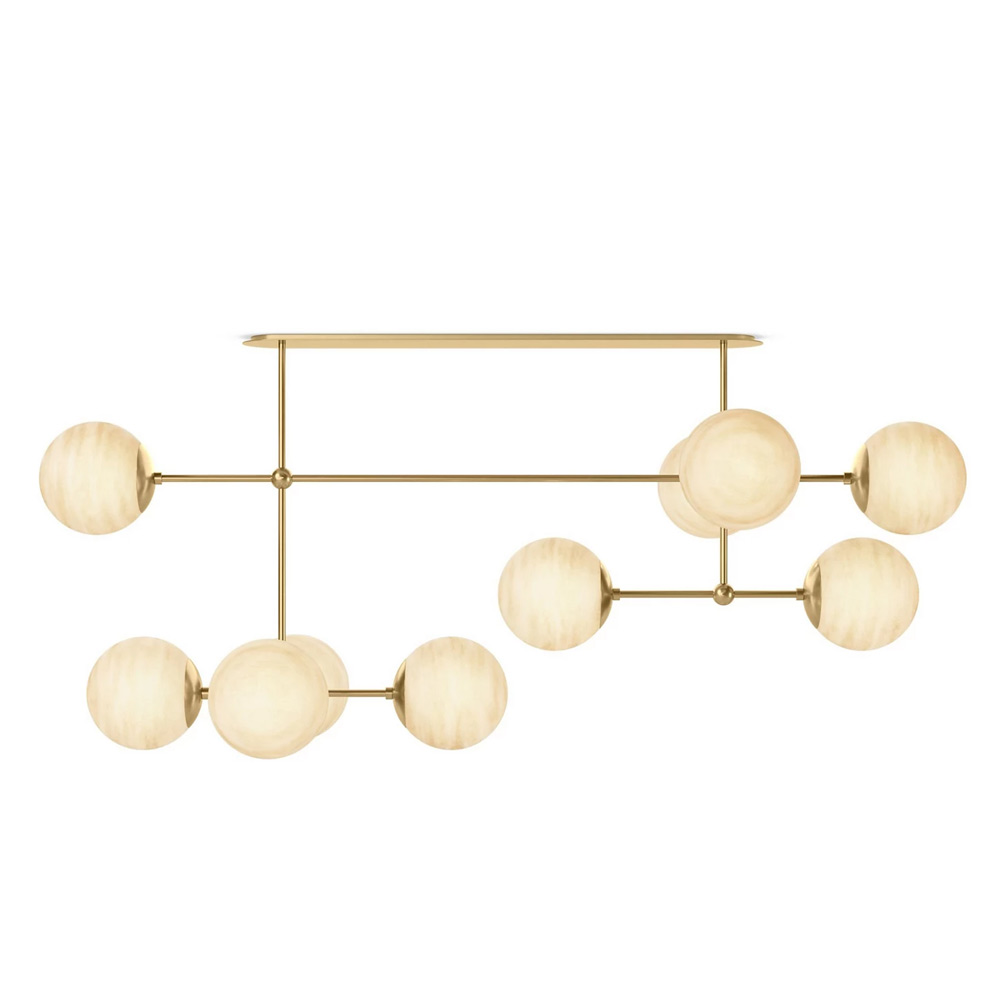
Price: $6,299
If you want to add a little drama to a room with a striking overhead light then this modern take on the chandelier is just the thing. Each of the globes is blown and sculped by hand and it can also be fitted on a sloping ceiling if needed.
6. Opting for a shade that ruins the ambience of a room
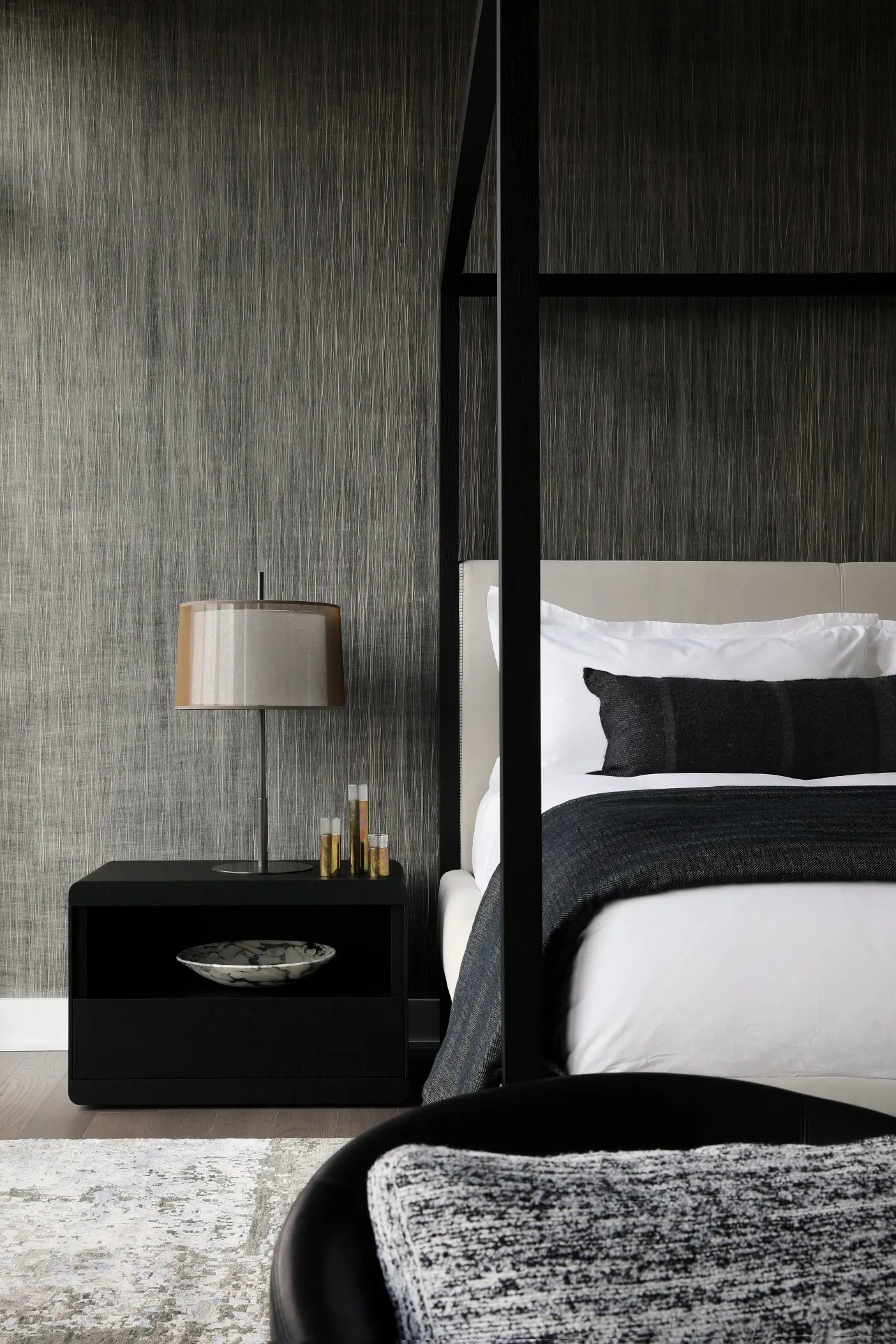
All too often not enough thought is given to the type of light shade that is used and the effect it will have on the light source and, consequently, the ambience of the room.
"Whether you choose something like a linen lamp shade or a clear glass pendant shade will have a huge impact on the softness or hardness of the lighting in the space, as well as the shadows they cast," explains Paul De Andrade. "Materials like fabric, paper or an etched/opal glass shade will create much softer and diffused lighting since they refract the light rays, which creates a cozier environment.
"Shiny glass shades, on the other hand, will typically create harsher lighting and hard shadows in a space, which can feel less inviting — especially if used as the only source of lighting in the room," continues Paul.
Everything from table lamps for bedrooms to oversized pendants need careful thought in terms of the shades you use.

Price: $38.18
Perfect for classic, country and contemporary interiors alike, this simple linen shade diffuses light so well and won't produce any harsh or unflattering glare within a space.
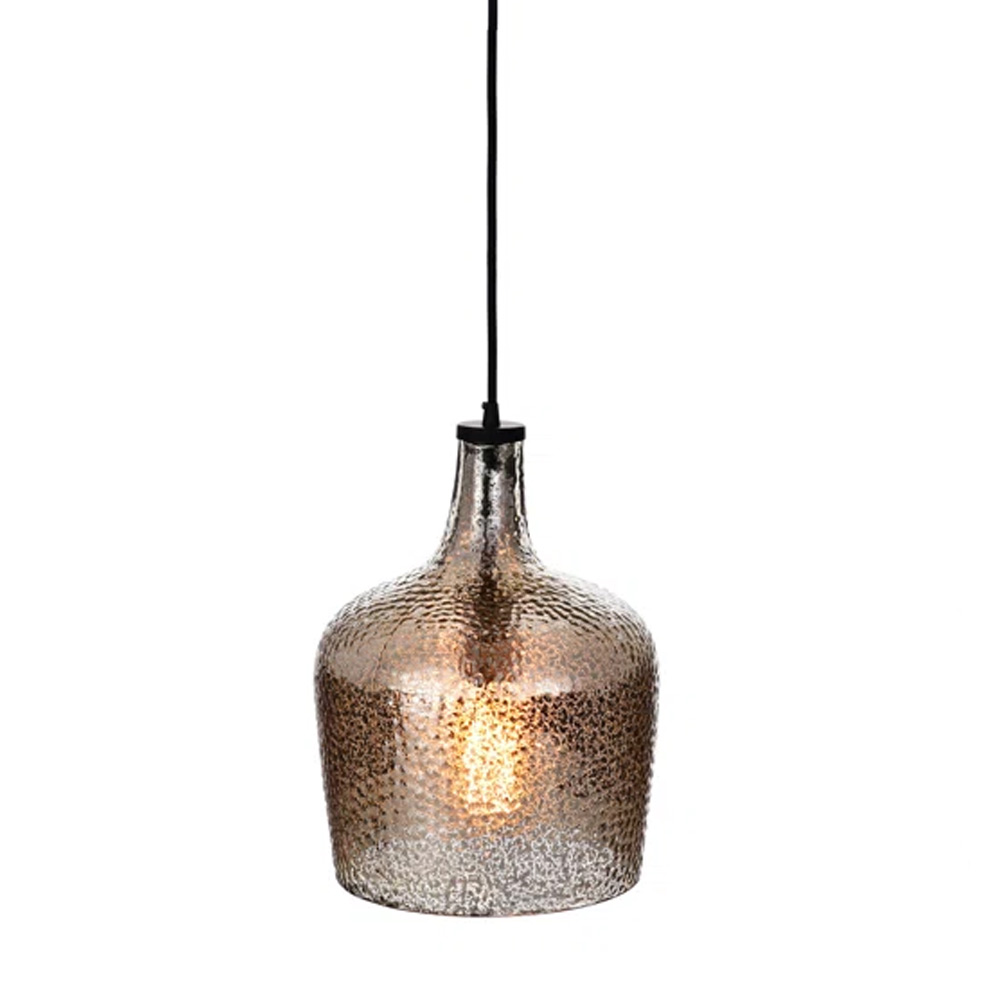
Price: $104.99, Was: $209.99
The hammered finish of this silvered shade casts a warm, cozy glow wherever it is fitted. It could be hung in one corner over a side table or as a group of three over a kitchen island.

Price: $17
Rattan shades are great at producing a soft, comforting glow and this is made from paper making it a great budget option. It would look just as good in a home office as it would in a bedroom.
7. Hanging pendant lights at the wrong height

The height at which you set your pendant lights matters so much. Too low and they get in the way, too high and they may not shed enough light. The height at which they hang can also cause a level of physical discomfort to whoever is in the room — this is one of the top entryway lighting mistakes to be aware of.
"Watch out for pendant lights that are set too high over worktops and eating areas as these can glare uncomfortably," points out Marlena Kaminska.
"Avoid hanging lights with clear glass shades or exposed bulbs at eye level," adds Paul De Andrade. "They create glare when you or your guests are sitting in the space."
In terms of recommended heights for pendants, you should keep at least 7ft between the bottom of your light and the floor. Aim for your light height over a dining table or kitchen island to be around 30-36″ between the surface and the bottom of your pendant's shade.
8. Leaving switches and outlets as an afterthought
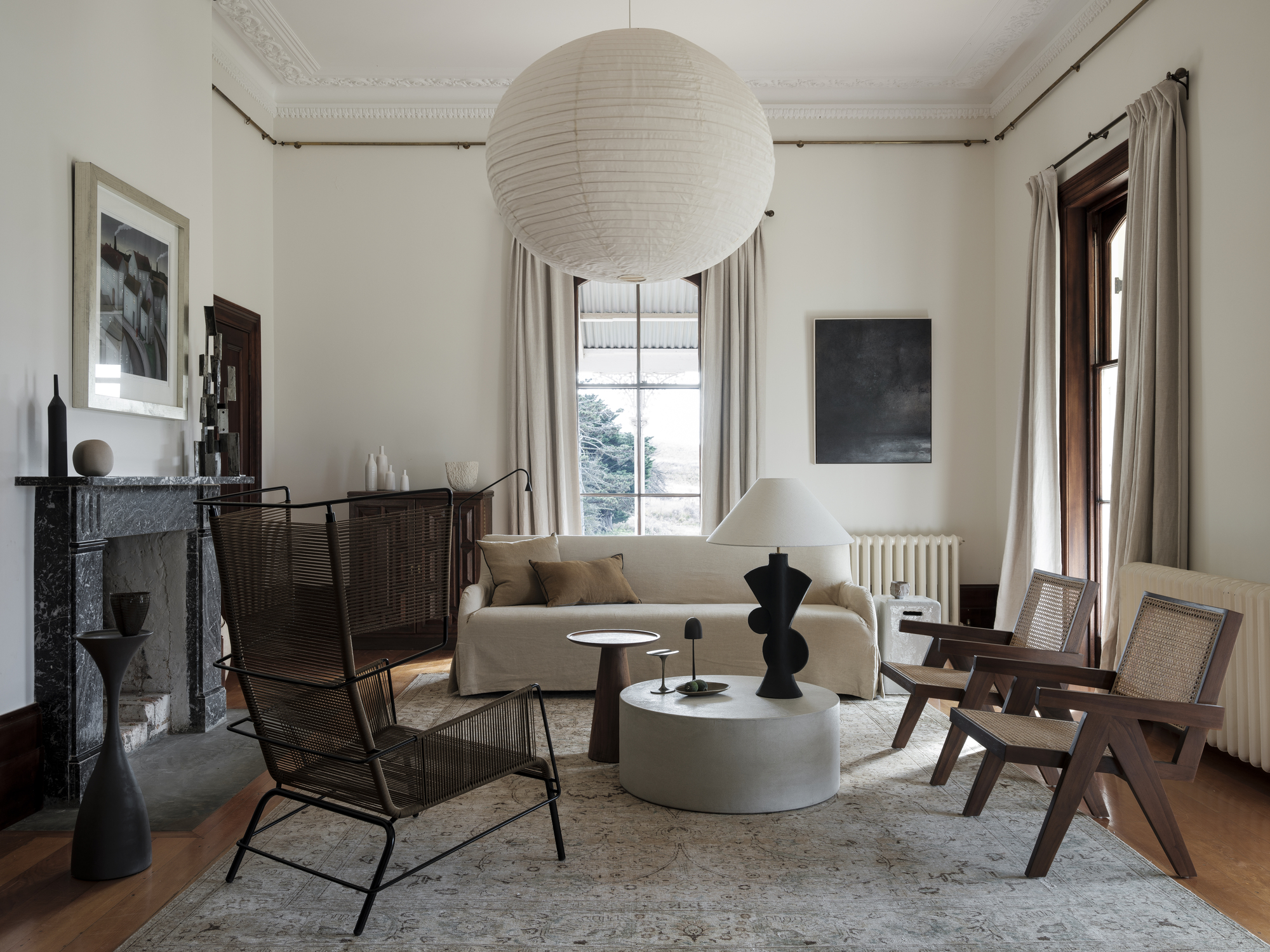
Right at the start of the planning process, electrical outlets and switches need to be planned out — adding these in at a later date can be disruptive and expensive.
In my own house, I really wish there was a light switch at both doorways into our living room as I have to cross the whole room from one door to reach the light.
It's important to think through electrical outlets too — you want enough for all the floor and table lamps you want to include within your scheme as this is one of the most on-trend ways designers are lighting rooms right now.
"Be sure to consider floor lamp placement while the walls and floors are still open so that outlets can be placed on the floor under or adjacent to the lamp and you don't have long cords leading to wall outlets," agrees Chris Wilson, founder of Central Coast AV.
FAQs
Which light color temperatures work best where?
We touched a little on the topic of color temperature above but it is really useful to understand which temperatures work best for individual rooms.
"Cooler temperatures (higher Kelvins) should be used in kitchens, garages and work spaces, while warmer temperatures should be used in bedrooms, bathrooms and general living areas," explains Chris Wilson.
For reference, warm white is 2700-3000K, neutral light is 3500-4100K and cool white is 5000-6500K.
Once you have your interior lighting sorted, turn your attention to your patio lighting ideas to make sure the exterior of your house is perfectly illuminated.

Natasha Brinsmead is a freelance homes and interiors journalist with over 20 years experience in the field. As former Associate Editor of Homebuilding & Renovating magazine, Natasha has researched and written about everything from how to design a new kitchen from scratch to knocking down walls safely, from how to lay flooring to how to insulate an old house. She has carried out a number of renovation projects of her own on a DIY basis and is currently on the lookout for her next project.